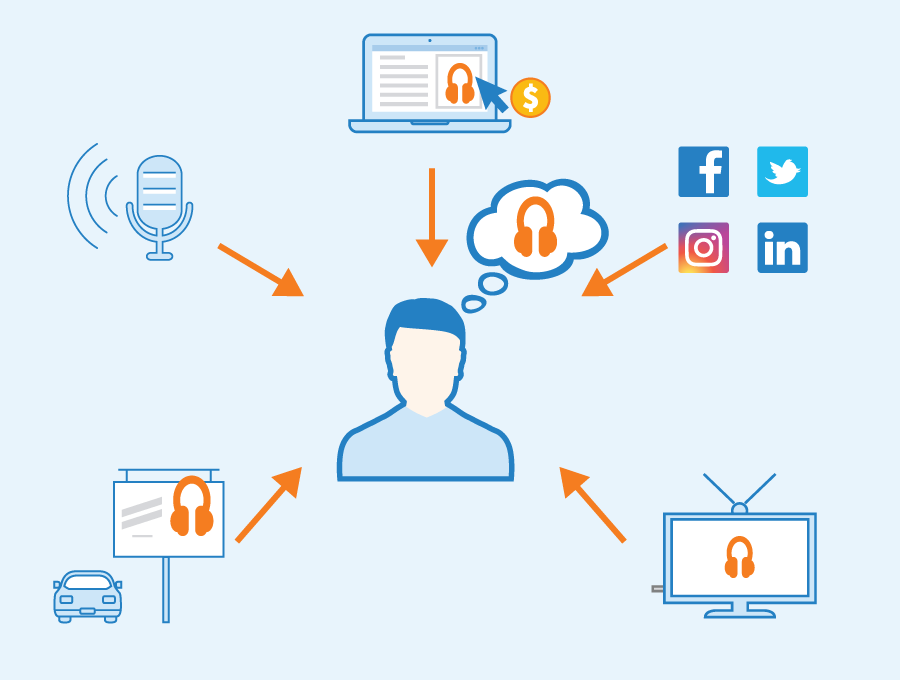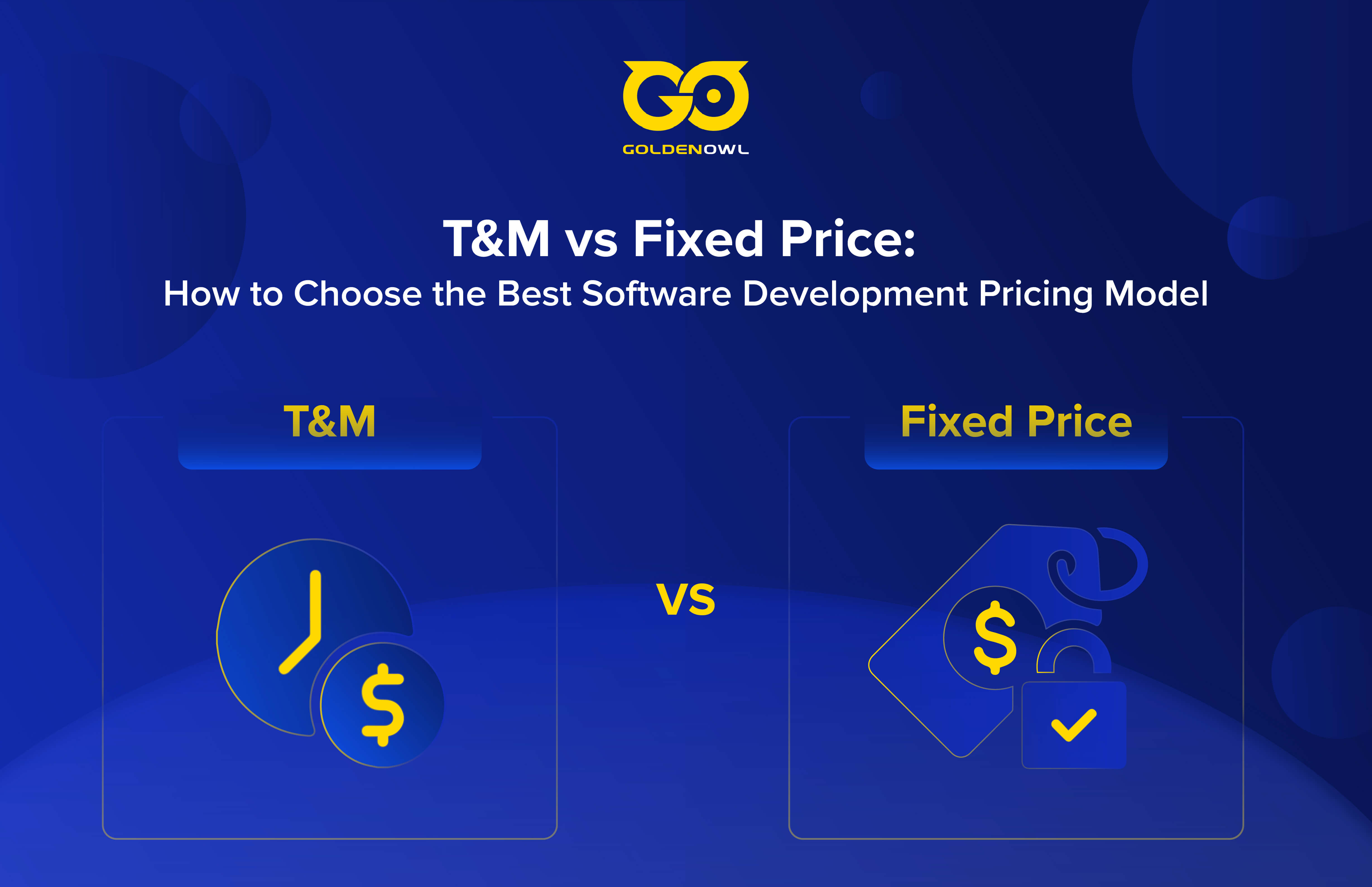Come with us to discover the world of UX marketing and enhance your understanding of this dynamic field.
Your marketing strategies may be harmed if your users have a negative experience. In fact, just 55% of firms are now conducting user experience testing, which is astounding given that 74% of visitors will return to a website if the UX is mobile-friendly.
Your digital UI UX marketing campaign may appear to be the best, but if your user experience (UX) isn't up to standard, you'll lose clients and conversions. Let's take a look at the value of UX in a marketing effort.
What Is UX Marketing?
To fully comprehend the essence of UX marketing, it is essential to have a clear understanding of what UX entails and the relationship between UX and marketing. UX, short for User Experience, encompasses the overall encounter an individual has while engaging with a product, system, or service, specifically focusing on how easy, enjoyable, and satisfying it is to use. Marketing aims to promote and communicate the value of that product or service to potential customers. Marketing and UX both contribute to shaping the customer journey.
Consequently, UX marketing can be understood as the practice of integrating principles and strategies of user experience into marketing endeavors. It involves harnessing the foundations of UX design to enhance the effectiveness of marketing initiatives and foster more captivating and meaningful experiences for users.
Read more: 5 top-notch tips to swiftly enhance your UI design
User experience comprises several interconnected elements that work collectively to enhance users' sentiments when they visit a website. However, the significance of UX is sometimes disregarded in the establishment and implementation of new UX digital marketing techniques.
Why Does UX Matter In Marketing Strategy?
Good UX deliver marketing message better
All marketers describe how your product or service moves a customer from a certain before-state to a desired after-state.
Great marketers understand that there are numerous approaches to this:
- Improve the accuracy of your targeting. Your message reaches the appropriate audience at the right moment.
- Make a compelling offer.
- Make your offer as precise, simple, and appealing as possible.
The third point is where UX comes in. Sure, we have to rely on words to explain things, but content marketing is only one part of the user experience that will educate and persuade visitors to take action. Our marketing efforts are heavily reliant on how we arrange our sites and use on-page components which contributes a lot to this success.

Good UX Increases Conversions
UX marketing has a big influence on conversions. Customers need all the knowledge they can get about a product or service. Therefore good marketing techniques supply it. As a result, you must put yourself in the shoes of the customer and alter your marketing plan accordingly.
Without any problems, lead them in the appropriate route. If or when the user finds that information is beneficial, they will want to explore the rest of the website to learn more. From that point forward, UX will lead them to a conversion.
Also, keep in mind that a simple call to action, if positioned correctly, can result in a conversion rate.

Optimizing Your Website For Mobile Users
Smartphones are increasingly being used to find information, products, and services. People's interactions with websites have fundamentally transformed as smartphone usage has skyrocketed. When a site is mobile-friendly, visitors believe they are more inclined to buy its product or service.
In 2015, Google began prioritizing mobile-friendly websites, which means that those that are optimized for mobile will rank higher than those that are not.
By 2021, it is expected that 53.9% of retail e-commerce would be done on a mobile device. That's more than half of all retail e-commerce sales, demonstrating how many clients you could lose if your mobile UX isn't up to standard.
Good user experience enhances SEO and lower bounce rate
How will your target audience find you if your website isn't optimized for search engines? An excellent user experience might help you stand out in searches for new clients.
An excellent user experience encourages consumers to dig deeper into your material to learn more, lowering your bounce rate. The lower your bounce rate, the more evidence Google has that your website is full of helpful material and meets the user's search intent. The figures are self-evident:
- 89% of customers switched to a rival because of a bad customer experience.
- 39% of people would abandon the page if photos fail to load or take too long to load.
- According to 47% of people, a web page should load in two seconds or less
- Bounce rate reduces by 15% if continuous scroll is experienced.

Customer satisfaction is based on a positive user experience.
Because it influences every way customers interact with your firm, businesses must guarantee that the user experience is as frictionless as possible. As a result, UX design marketing is an unavoidable component of developing customer relationships.
6 Key Aspects Of User Experience Marketing You Should Know
Customer-centric Approach
In the UX marketing approach, the customer takes center stage. The primary objective of UX marketing is to promote experiences that fulfill the needs, expectations, and desires of users. By prioritizing the customer in the design process, marketing UX designers ensure that their solutions are pertinent, valuable, and practical. Adopting a customer-focused approach in UX design guarantees that the products and experiences created align with user expectations, resulting in heightened satisfaction, increased business success, differentiation in the market, improved user adoption, and the ability to drive user-centered innovation.
One prominent example of user-focused tactics is user-generated reviews and ratings. For retailers, positive user-generated reviews can confer a competitive advantage to e-commerce businesses. Displayed on product pages, user-generated reviews are perceived as more authentic and trustworthy compared to promotional messages from the brand itself. Users view them as unbiased and genuine opinions from fellow consumers who have already experienced the product or service. This trustworthiness instills confidence in users and contributes to a positive user experience.

Data-driven & Iterative Design
Iterative design is a cyclical methodology in design that encompasses the creation, testing, and enhancement of a product or solution through repeated iterations. It involves an ongoing process of refining the design based on market research, feedback, insights, and evaluation.
The iterative design approach enables a continuous process of improvement and enhancement of the product, guided by user feedback and insights. Its central focus is on the user and their needs. By actively involving users in the design process and gathering their feedback, designers can gain valuable insights into how effectively the product is meeting user expectations. This iterative approach ensures responsive web design to better serve the users throughout the development process.
Personalized Experiences
Personalized web design empowers users by granting them a sense of authority and ownership over their online journey. Through customization options that allow users to personalize their preferences, select their interests, or prioritize their choices, personalized experiences create a feeling of being valued and catered to.
One widely adopted marketing tactic that emphasizes personalization is tailored loyalty programs. These programs are designed to provide customized rewards, discounts, or perks based on individual user preferences, purchase history, or levels of engagement. Shopee, Lazada, and other e-commerce platforms have excelled in this area by offering promotional voucher programs to long-time purchasing accounts.

Emotional Engagement
Experiences that evoke emotions have a higher likelihood of being remembered and recollected by users. Emotions play a significant role in triggering memory formation and retention. When users have emotionally engaging experiences, they are more inclined to remember and recall those experiences, reinforcing positive associations and leaving lasting impressions.
Effective strategies for eliciting emotional engagement with users include storytelling, content marketing, and the creation of emotionally impactful advertisements. Through storytelling, brands can forge connections with users by weaving narratives that evoke emotions such as joy, nostalgia, inspiration, or empathy. Uber's anti-racism billboard campaign, for example, tapped into the emotions surrounding the Black Lives Matter movement. Despite facing opposition from opposing parties, Uber succeeded in leveraging the momentum of the event to shape brand awareness in the public eye and build strong relationships with customers who shared similar viewpoints.
Consistency
Today's consumers engage with companies on a variety of channels, including websites, mobile applications, social media, and actual storefronts. Ensure that customers can seamlessly switch across channels, readily access information, and have a unified brand experience regardless of the platform they select.
Omnichannel marketing is a strategy that marketers may use to deliver a unified and consistent experience across many channels. During their purchasing journey, customers may travel effortlessly between channels with the help of omnichannel marketing, guaranteeing a consistent digital user experience at every turn.

Usability Testing
Usability testing is essential to UX marketing since it directly affects how customers are treated. Designers may learn important information from users and pinpoint any usability problems or pain spots in their designs by performing usability testing.
By showing several iterations of the interface or UX design components to various groups of users and evaluating their performance or preferences, A/B testing in UI/UX design helps identify which UX design option works better and gives data-driven insights for decision-making.
Conclusion
The importance of user experience and the role of UX in marketing are undeniable because it increases consumer satisfaction and encourages repeat business. Your consumers will be happier and more willing to tell others about their experience. This is also the most effective technique to set your digital product or service out from the competition.
In a cluttered digital environment, don't stop growing. Golden Owl is here to help you build and implement outstanding User Experiences that are tailored to your specific requirements. Allow our best developers to assist you in getting the most out of your marketing campaigns with the most efficient UX designs. Contact us right away if you want to find an outstanding UI UX Design Service.





















